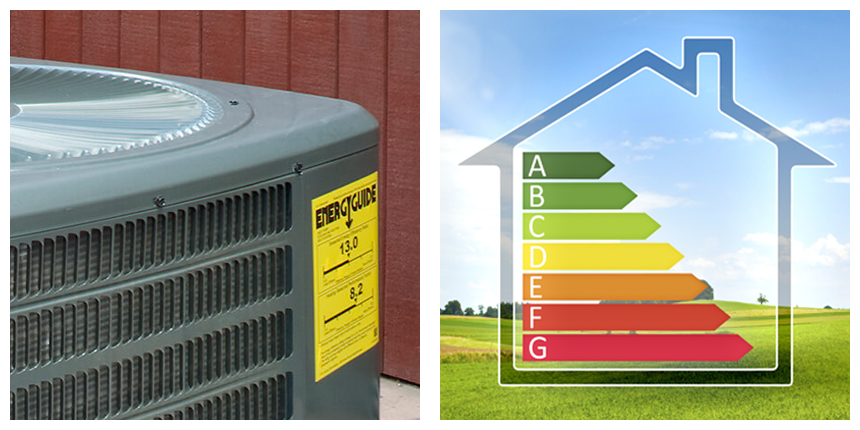What is a SEER ratin? Is an acronym for “Seasonal Energy Efficiency Ratio” and refers to the energy efficiency of a central air conditioning system.

What is a SEER rating?
If you are woundering what is a SEER rating, is obtained by dividing the total amount of frequency modified during the cooling season over the total electrical input during the cooling season, and its method of calculation is contemplated in Standard AHRI (210/240) – 2008.
In general, the higher the SEER, the less electricity the system needs to do its job. SEER ratings for air conditioning systems and heat pumps from 13 SEER to 24 SEER, where higher numbers offer greater energy savings year after year.
In precise installations, there are several tasks to be performed on an air conditioning system to reduce energy use and make it more efficient, such as: routine maintenance, filter replacement, humidity control and programmable thermostats.
However, in order to obtain the highest energy efficiency and that translates into money savings, it is best to replace the existing equipment with a new one with SEER qualification and correctly adapted to your needs and your budget. Call us now and get an immediate visit.
Most manufacturers of air conditioning systems include a yellow “Energy Guide” label on their equipment with the SEER rating for that unit. For this purpose, the United States Department of Energy has established the minimum for 13 SEER in the northern region and the minimum for 14 SEER for the southern and southwestern regions. Similarly, any air conditioning system with a rating of 18 SEER and / or above that value should be limited as a high-efficiency model and is normally reserved for special uses.
As reported by the Department of Energy, a newer, more efficient model could save you 20% to 40% of your frequency energy costs, even compared to a 10-year-old unit.
What’s the difference between SEER, EER and HSPF?
SEER is the seasonal energy efficiency index and refers to the total reference value of the air conditioning system during the cooling season. EER is the energy efficiency index and refers to the total reduction value of an air conditioning system when the outside temperature is at a specific level.
The SEER rating more accurately reflects the overall efficiency of the system on a seasonal basis and the EER reflects the energy efficiency of the system in peak day operations.
HSPF is the seasonal heat performance factor and refers to the heating efficiency value of a heat pump. This value represents the total heating production during the normal heating season compared to the total electricity consumed during the same period.
References:
Link AHRI – SEER info
General and technical aspects of the SEER rating.
Link Carrier – SEER
Brief information on the SEER rating.
Link Energy Star – Energy efficiency
Differences between the different qualifications.
Link Wikipedia – SEER Rating
Technical and particular concepts.
Related Posts:
The function of the thermostat in HVAC systems
When is the time to replace the HVAC system?

